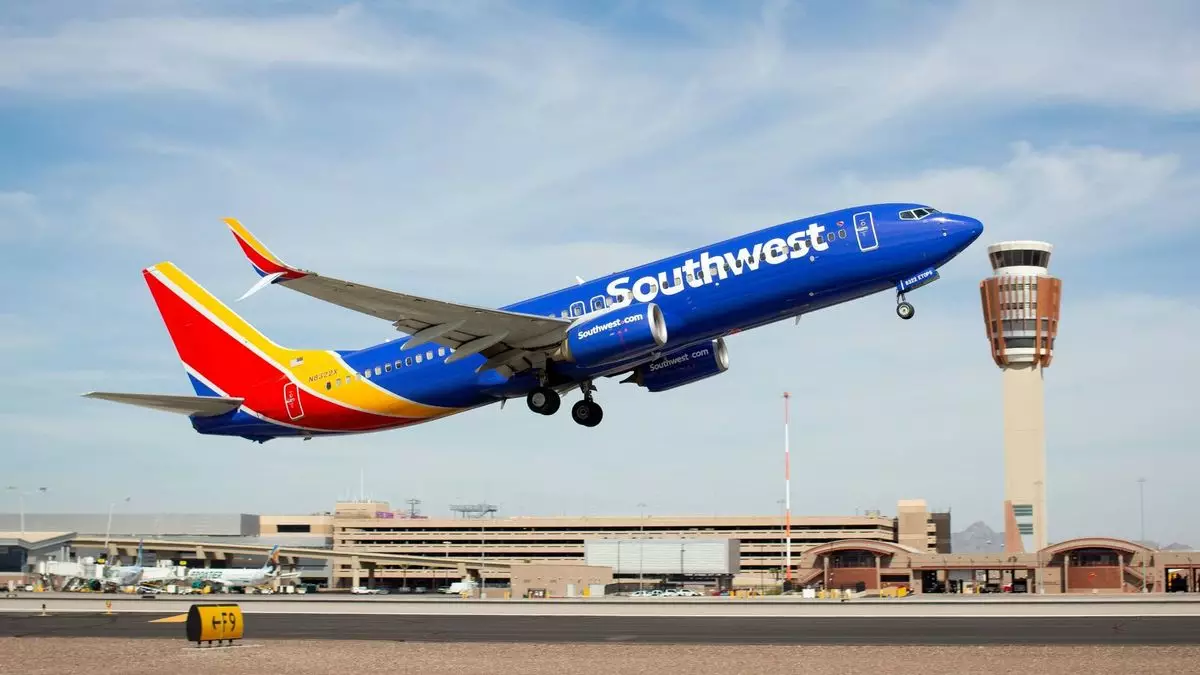On a rather impactful Monday evening, Southwest Airlines disclosed a significant restructuring within its corporate framework, specifically targeting a 15% reduction in its workforce within the corporate overhead sector. The decision affects around 1,750 employees, including a notable decrease in senior leadership roles, as it will see the departure of eleven high-ranking executives typically holding vice president titles or higher. This unprecedented move marks a pivotal moment in the airline’s storied 53-year history. As Southwest Airlines aims to morph its operations into a more streamlined and responsive organization, one might wonder if this decision signifies a necessary evolution or a miscalculated strategy.
A Detailed Look at the Implications
The airline’s president and CEO, Bob Jordan, stated that the restructuring was essential to cultivate a leaner, quicker, and more adaptable corporate environment. While his intentions may align with modern business practices, the reduction of seasoned leadership raises concerns. Stripping away experienced individuals could potentially disrupt the organizational memory and expertise needed to navigate the turbulent airline industry, especially in a climate where customer expectations are higher than ever.
Moreover, the company’s forecasted savings of approximately $210 million for the partial year of 2025 and $300 million for full year 2026 might suggest a focus on financial recovery. However, with airline profits still lagging behind pre-pandemic levels, one must question the sustainability of this approach. While the immediate financial relief appears positive, it could also signify a reactive rather than proactive approach towards lasting improvement.
As the cuts take shape, Southwest Airlines has assured stakeholders that it remains committed to its core values, particularly in servicing its business clientele with the brand’s renowned hospitality. However, maintaining these core values amidst significant layoffs can be a challenging feat. When morale dips due to job losses, customer service often follows suit; thus, the airline’s investment in quality service could be threatened at a critical juncture.
Furthermore, the backdrop of external pressure from activist investors, most notably Elliott Management, cannot be ignored. Last year’s intense scrutiny of Southwest’s leadership underscores a broader trend in corporate governance, emphasizing shareholder expectations over employee welfare. While the amicable agreement reached last October may have concluded one chapter, it inadvertently set the stage for another driven by profit margins rather than holistic corporate health.
The imminent changes within Southwest Airlines likely signal a transition, not just in workforce numbers but also in corporate culture. The introduction of initiatives such as red-eye flights and assigned seating reflects an effort to modernize operations, yet these changes will feel hollow if not supported by an engaged and motivated workforce.
Ultimately, the challenge ahead lies in striking a balance between necessary cost-reduction measures and the preservation of employee morale and customer service excellence. Southwest Airlines is at a crossroads; whether it steers towards a resilient and adaptive future or stumbles under the weight of its own cuts remains to be seen. The leadership restructuring presents both an opportunity and a risk—navigating this path wisely could redefine Southwest’s legacy in the airline industry.


Leave a Reply